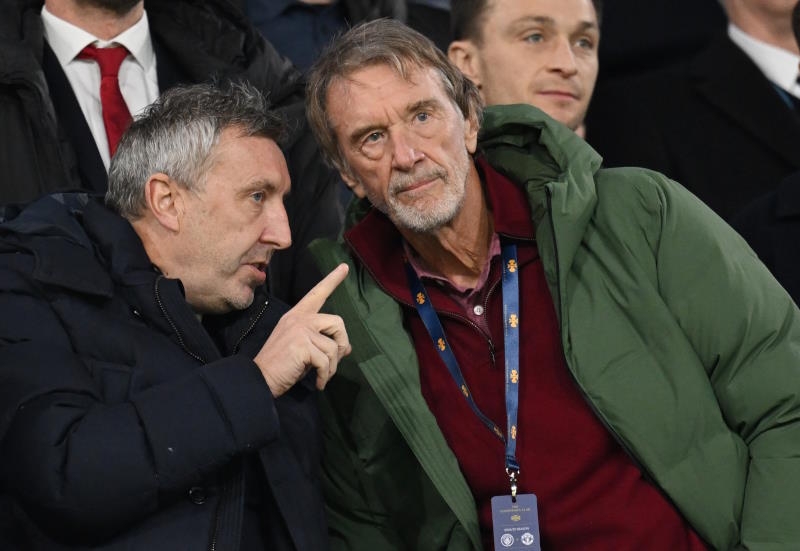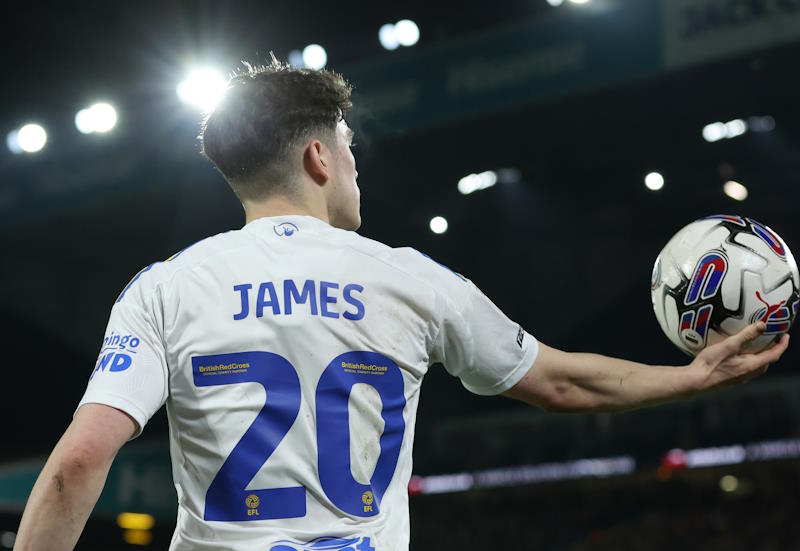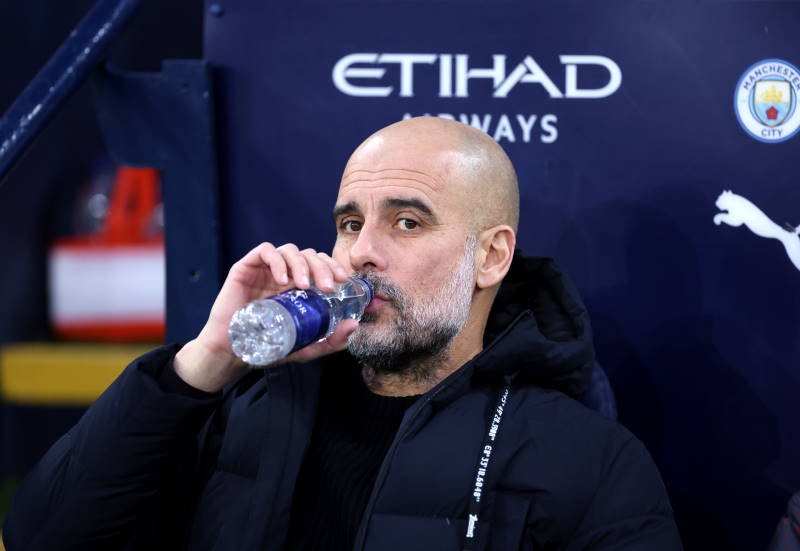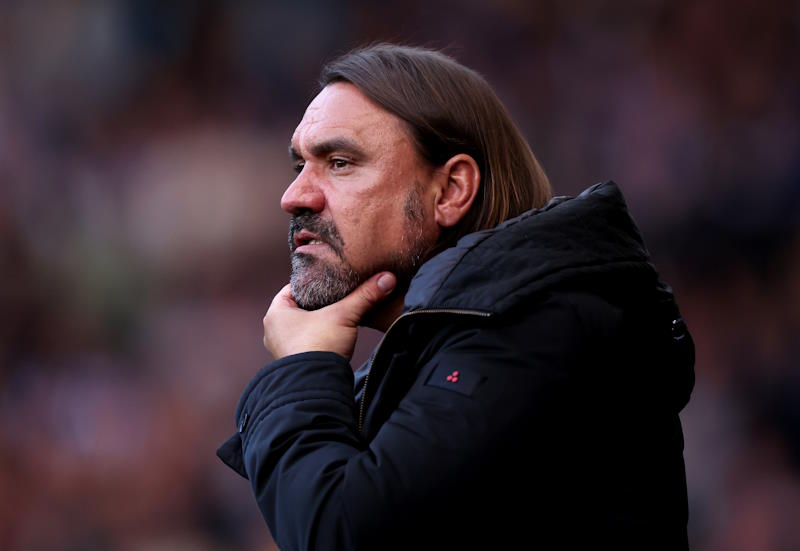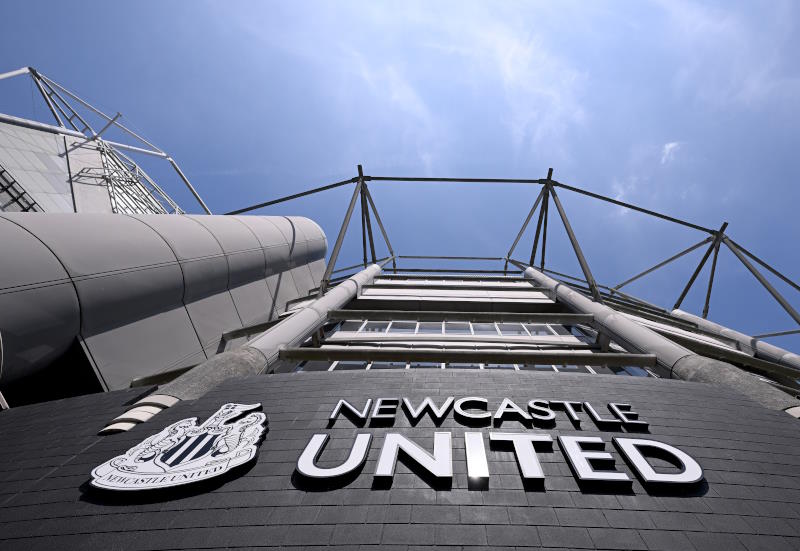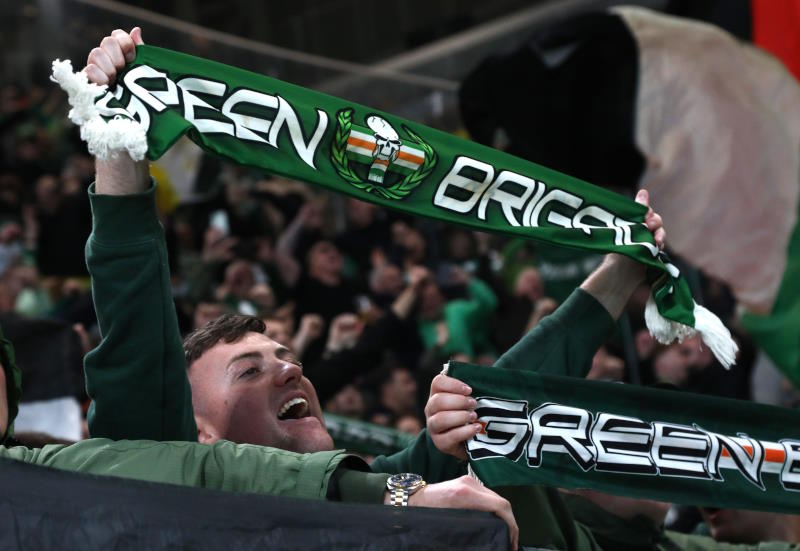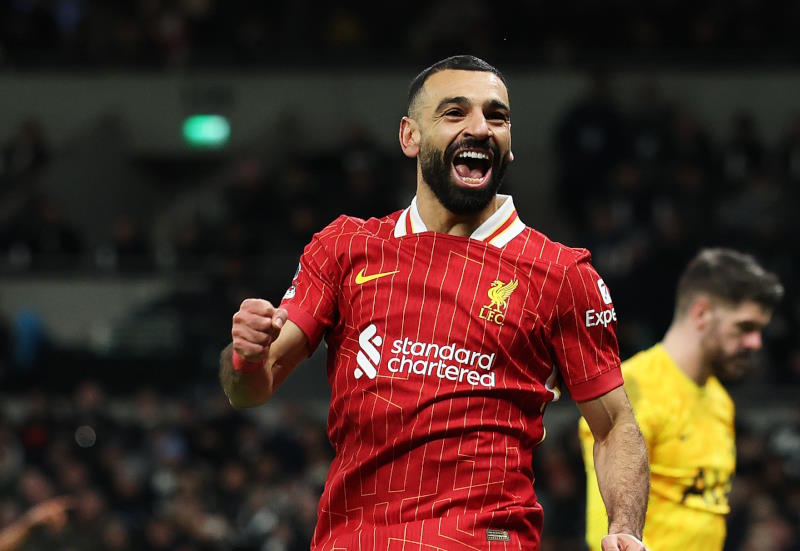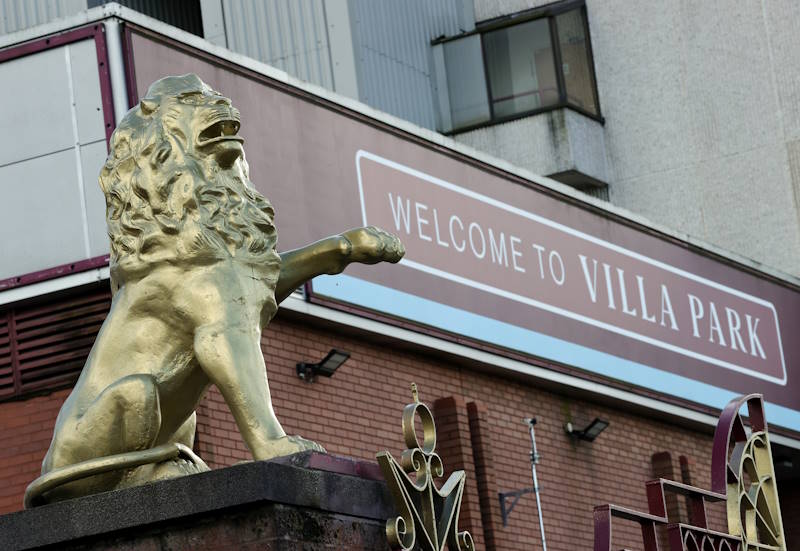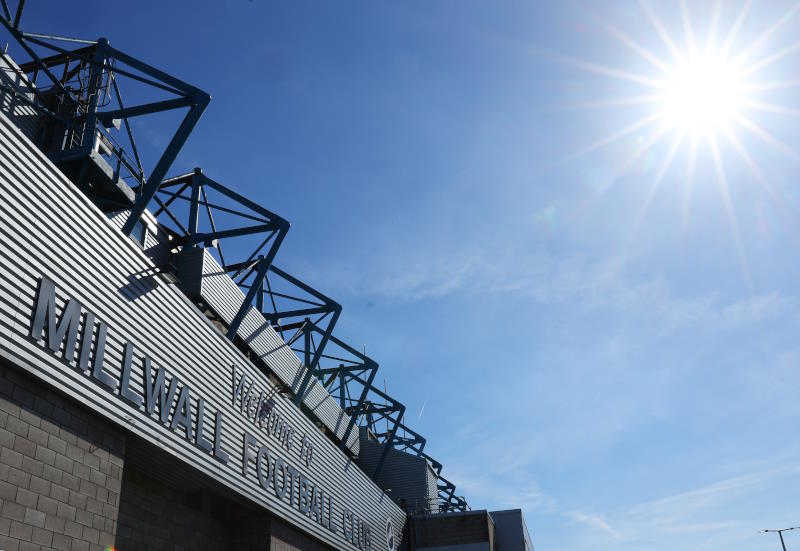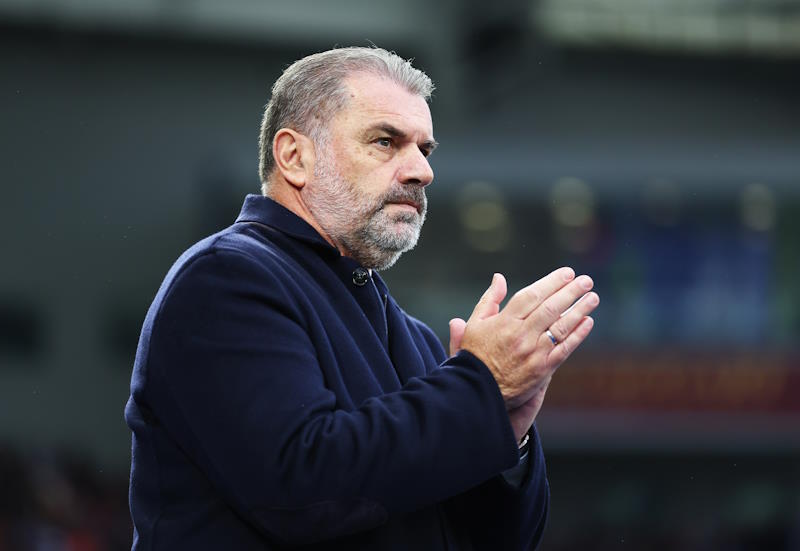Hassan Chamas
It took four long months, and 14 hard-fought fixtures, but it’s finally here. Forget all the mouth-savoring clashes that already took place this season. Out the window with Barcelona’s current illustrious form. Overlook the fact that Real Madrid are in crisis now, as Spain’s top bulls lock horns this coming Saturday at the Camp Nou, in the 153rd edition of the Spanish Clasico. What is said to be the most watched football event after a World Cup match, El Clasico never fails to impress the crowd, and come this weekend, all team form is temporarily placed on a shelf as it’s eleven against eleven, Barcelona against Real Madrid, Pep Guardiola against new Madrid coach Juande Ramos.
How it all started
Perhaps the only true common thing for both clubs is their foundation. Both Barcelona and Real Madrid were founded at the hands of British embassies, most notably consisting of college graduates from the Island. After that, both clubs started recruiting Spaniards who were willing to play football, not knowing the heights and multitude of accolades that the teams would be amassing a hundred years from then. But the one factor that mostly differentiates this derby and other famous European clashes, whether it is the Milan derby, Manchester derby, or Merseyside derby, is that this one is heavily founded on political and social dissimilarities.
Black and White
The rivalry between Barcelona and Real Madrid draws back all the way to the commencement of professional football competitions. Madrid was always regarded as the centre of political power, while Barcelona always harboured unsure feelings regarding their allegiance towards the Spanish flag. The establishment of General Franco’s dictatorship in Spain prior to World War II, and the plantation of the ideas of Republicanism, Federalism and the centralization of the political decision in the Iberian Peninsula’s biggest country, along with Franco’s decision to ban all sorts of local regional dialog, played an influential role in the creation of anti-governmental opposition. Adding insult to injury is the fact that the city of Barcelona has always been regarded as the fashion capital of Spain, and has always been proud of its “Catalan roots”, citing on various occasions that the citizens of Catalunya are of different nature than other Spaniards, hence the famous catchphrase “Catalunya is not Spain”.
And the race begins
The first forms of sportive competition between the two Spanish giants ignited after the end of WWII. Soon after Santiago Bernabeu took over as president of Real Madrid, his team and Barcelona entered a two-horse race to prize away the best South American players, starting an influx still present to these days. The most wanted name back then was that of Argentinean Alfredo di Stefano, who was originally on his way to Catalunya, but ended up in the end on Real’s books. Di Stefano, along with others such as Ferenc Puskas and Santamaria led Los Merengues’ to their most successful period ever, winning five successive Champions Leagues –known back then as the European Cup – from 1956 to 1960. Their continental exploits did not hinder their domestic thirst for glory, where they still managed four league titles in the 1950s, as opposed to Barca’s three marks.
The 60s carved an age of Castellan dominance. General Franco’s directed regime and his prohibition of all sorts of cultural displays leading to anything but pure and 100% clear Castellan Spanish drove the Blaugrana into a fourteen-year period of abysmal existence: The team was forced to adopt the Spanish name of “Club de Futbol Barcelona” and abandon the Catalan flag emblazoned on their jerseys. They were even forced at times to lose in order to assure the continuity of their club, with officials reminding them that they are playing due to the “generosity of the regime”. With Catalan nationalism being largely suppressed, their rivals back west were strolling to another period of achievement, with a whopping eight league titles and another European Cup, while Los Cules had to settle for only a couple of cup accomplishments.
Resurrection
Barcelona’s return from football’s oblivion came in 1974: After being allowed their first self expression with the dissolution of ruler Francisco Franco drawing ever closer – he died in 1975 – the club returned to use the name “Futbol Club de Barcelona”, or FC Barcelona, a nomenclature the Blaugrana still display these days. But the one thing that would follow to shake Barca’s being forever was the coming of Dutch legend Johan Cruyff in 1974, after already being a star at his home club Ajax Amsterdam.
The introducer of what would soon develop as “Total Football”, Cruyff managed to put Barcelona back on the pedestal by helping the team win their first La Liga trophy the year he arrived in Spain, and the first one after fourteen years. His achievement in bringing the Blaugrana back into contention saw him crowned European Player of the Year by France Football, an exploit that he already managed twice while playing for Ajax, in 1971 and 1973.
However, that would prove to be Barca’s sole league trophy that decade, as they moved over in favour of their Castilla adversaries, who managed to come up with the competition in 1975, 1976, 1978 and 1979.
La Quinta del Buitre
By the 1980s, Real and Barca lost their grip on the league title to other teams, as the competition began to expand exponentially. Yet, Barcelona clinched their tenth league accolade by 1985, and Real Madrid, after six seasons without enjoying the delight of being winners come May, had to come up with a plan to put the team back on the correct track.
Madrid coach di Stefano proceeded to promote five youth teamers over two seasons, starting with Manolo Sanchis and Martin Vasquez. After that, Emilio Butragueno soon joined and was followed shortly by both Miguel Pardeza and Michel (The coach of Real Madrid Castilla who recently quit). With the quintet centred around star figure Emilio Butragueno, who later grew to become a prolific goalscorer – thus earning the nickname “El Buitre” or “The Vulture” – the posse was labeled by Spanish sport journalist Julio Cesar Iglesias as “La Quinta del Buitre”, Spanish for “The Vulture’s cohort”.
Despite the group being reduced to four personnel when Pardeza left in 1986, they nonetheless managed to guide Real Madrid to their second golden era, after that legendary age of di Stefano himself, winning five consecutive league titles from 1986 to 1990, and two UEFA Cups in 1985 and 1986, and hindering the Blaugrana’s shy exploits of a couple of Copa del Reys at that time. The gang would go on to breakup in the 90s, with only Manolo Sanchis staying at the club for his entire career until 2001.
The Dream Team
Faced with this Madridista resurgence, the Blaugrana had to come up with a solution in order to catch up with their eternal rivals. In 1988, they brought back Johan Cruyff in a coaching role, who swiftly assembled what became known as the “Barcelona Dream Team”, a squad that consisted of the likes of Josep Guardiola, Txiki Begiristain, Ronald Koeman, Michael Laudrup and Romario among others.
With a squad harbouring such massive talent, Barcelona went on to dominate the last decade of the previous century, winning consecutive league titles from 1991 to 1994. Also, they managed to clinch UEFA Cup success in 1989 & 1992, as well as the 1990 Copa del Rey, 1992 European Super Cup and three other Spanish Super Cups. With 11 trophies to his name, Johan Cruyff became Los Cules’ most successive and longest running coach. However, in his final two seasons, the team failed to amass any trophies, and the catastrophic 4-0 loss to AC Milan in the Champions League was more than enough to show him the door.
The next step was recruiting Bobby Robson for the 1996/97 season. Robson, along with a certain Jose Mourinho as assistant, delivered a cup treble that campaign, winning the Copa del Rey, UEFA Cup, and Spanish Super Cup. However, the league title would go to Real Madrid, who were led by Fabio Capello. Yet, despite his success, Robson wasn’t perceived as anything but a short-term vision, and was replaced with Louis van Gaal as soon as the latter became available.
As with Cruyff, van Gaal gathered some superstars under his helm, like players Luis Figo, Luis Enrique and Rivaldo, the Blaugrana claimed the domestic double in 1998, then won the league again in 1999, with Rivaldo also clinching the Ballon D’Or. However, Barca’s failure in emulating Madrid’s continental success led to President Josep Nunez’s resignation in 2000, and the team plunged into darkness.
Los Galacticos
When things started to get ugly for Barcelona as a new millennium was born, sunny skies were ever present in Madrid. In 2000, Florentino Perez won Real’s presidency, and vowed to clear the club’s debts and modernize its facilities. However, what really kept the fans on their feet was his policy of signing a major superstar at the end of each season. In 2000, he shocked the world by luring Barcelona insider and Ballon D’Or winner Luis Figo. Figo’s landing came as something as a surprise, given his reputation as being a Cules. As an answer to that, Figo became the eternal enemy of the Camp Nou as the man who “sold out”. The Portuguese was the first of many, as he was followed the following year by another Ballon D’Or winner, Zinedine Zidane. Soon after that, it was Brazilian wonder Ronaldo, and the tradition culminated in 2003 with the arrival of David Beckham.
Whether or not Beckham’s arrival was the start of the downfall for Perez, is much debatable. But after winning two league titles in 2001 and 2003, as well as a record-ninth Champions League in 2002, the club went through three seasons of pure drought.
On top of football’s Mount Olympus
With the arrival of Joan Laporta in the presidency in 2003 at Barca, things started to look better for the Blaugrana. Laporta installed former Milan player Frank Rijkaard as coach, and the latter quickly gathered some superstars that would be able to bring glory back to the Camp Nou. With international players such as Ronaldinho, Samuel Eto’o, Deco and a nucleus of homegrown players in Carles Puyol, Andres Iniesta, Xavi and Victor Valdes, Rijkaard managed to guide Barcelona back to the trophy podium, by winning the 2004/05 league title and Spanish Super Cup. His domestic attainment was even more extraordinary in 2005/06, and a well fought season was rewarded by the league title and Champions League. But the icing on the cake was their 3-0 demolition of Real Madrid at the Bernabeu, with Ronaldinho receiving a standing ovation upon substitution. Indeed, Barca proclaimed to Spain and the rest of the world that they were the team to beat in 2006, and the strongest one too, for that matter.
Ramon Calderon: Love him or hate him
As things spun out of control for Real, Perez resigned from office, and elections were held in the summer of 2006 to come up with a new president. Those polls were won by board director Ramon Calderon, who appointed former player Pedrag Mijatovic as sporting director and bought back former coach Fabio Capello for a second stint. Things were tough at the beginning for the Merengues, but an unbelievable determination made them clinch the 2006/07 league title on the final day of the season – their first major trophy since 2003. However, Calderon claimed that Capello did not present the fans with the “type of football” that they deserved, and he was subsequently sacked after a victorious season.
As Capello left, enter former Barca and Real player Bernd Schuster. With the quiet German in control, Real won their second consecutive league title – their 31st in total – and signs were promising at the start of the current campaign. But Schuster did not get the summer reinforcements he hoped for. With Barcelona back to winning ways, and his own personal squad ever growing in injury and depleting in resources, results started to become frustrating for the German tactician. As a result, he was replaced by former Sevilla and Tottenham boss Juande Ramos.
Mixed emotions
The Clasico is right here and now. If you were to believe form, then Barcelona are going to steam-roll their opponents, even though the numbers are not in their favour -58 wins against 68 defeats. But Madridistas saw in midweek against Zenit something they have been missing for a long time, and that’s their characteristic will to come out on top.
Related Articles:
- – Ramos Arrives as Schuster Departs
- – Klaas-Jan Ready to be Real’s Hunter?
- – Real Madrid-Atletico Madrid: A Look Over the Rivalry

